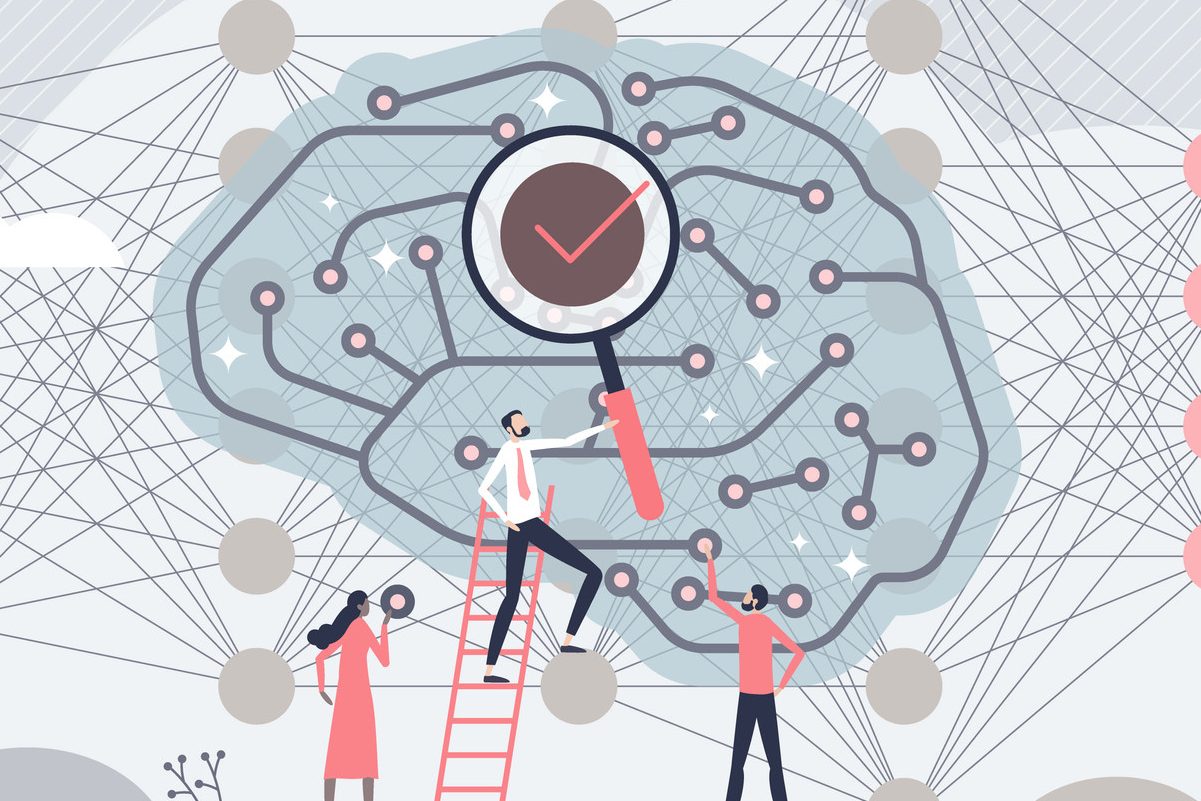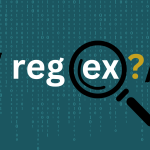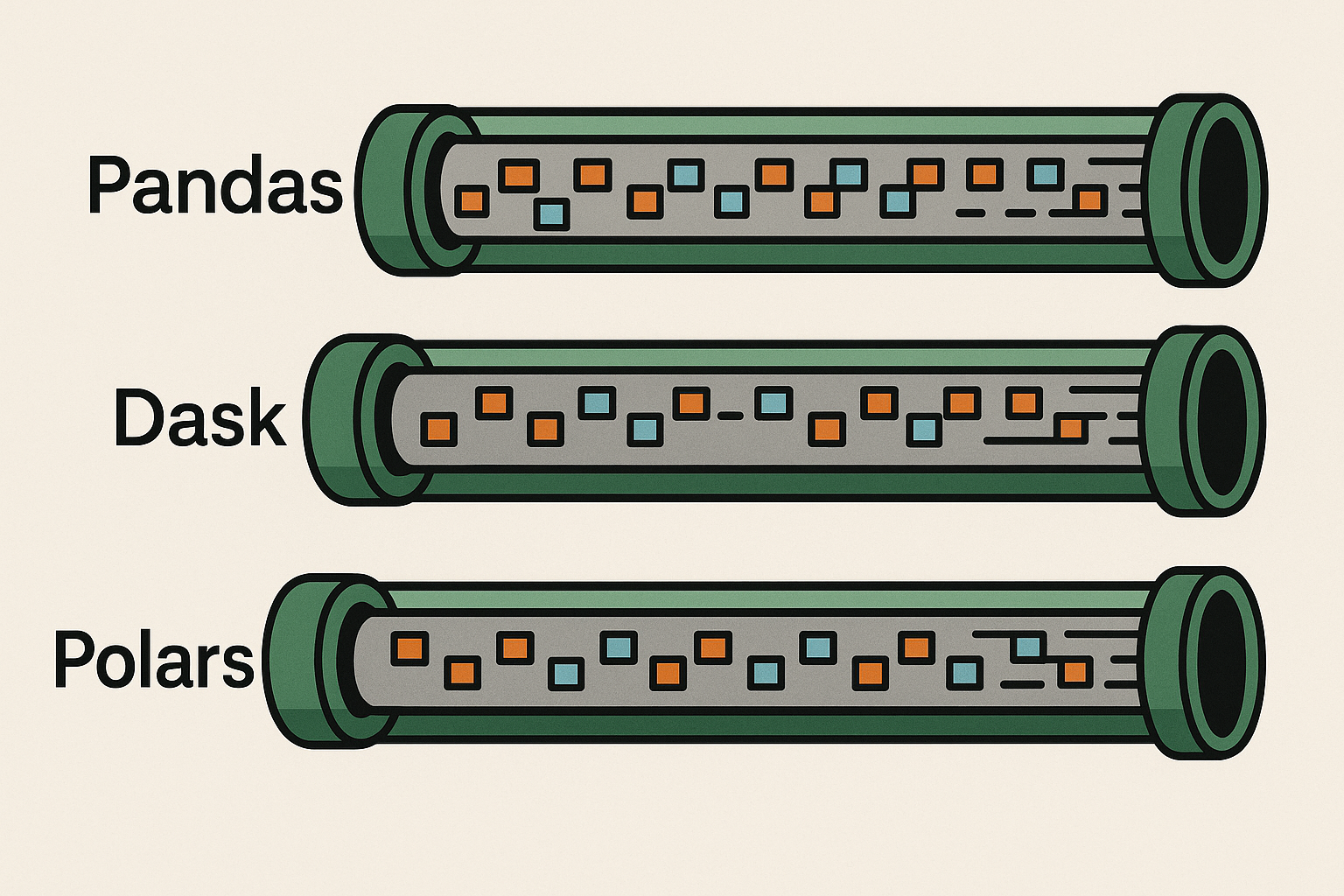Deep Learning in Simple Word
What is AI…? AI (Artificial Intelligence) is the stimulation of human intelligence processes by machines. Simply put, it is a broad field of computer science that deals with the development of intelligent machines capable of performing tasks that normally require human intelligence. Under the umbrella of AI, there are now two major subsets. Machine Learning (ML) and Deep Learning (DL). The chain is Machine Learning is a subset of AI, while Deep Learning is a subset of Machine Learning. But there are certain differences between Machine Learning and Deep Learning, let us take a look.
Machine Learning: it is a subset of AI, as we have already seen. Machine Learning is mainly concerned with developing algorithms that allow computers to learn and make predictions using historical data and past experience without being explicitly programmed. This means that Machine Learning works with past, historical data. Machine Learning Engineers creates a code by using this historical data, and depending on the data, the Machine Learning model is now ready to make the predictions about future requirements. A very common example is a store owner who remembers the requirements of each customer and predicts what that same customer will ask for next time.
But Machine Learning has some drawbacks:
- Machine Learning models is not able to work with unstructured data
- Machine Learning models are hard-coded.
- It does not learn new things on its own, nor does it make decisions like a human being.
Due to the Internet revolution, millions of data (the size of TB) are generated every day, and unstructured data is also generated in large quantities, such as audio, images, and videos. Now it is not impossible to process this data using Machine Learning. But if we decide to use Machine Learning, we need to convert this data to a structured format, and the cost of conversion is very high, and because of the large amount of data generated, the storage capacity also needs to be increased, and a lot of computing power is needed for all of them. And even if we do that, Machine Learning in one place, while working on such huge data will stagnate and after that we will not get the desired result. So we can choose Deep Learning. Deep Learning works very well on unstructured data, and the stagnant point is far away compared to Machine Learning. And provides the desired optimal result.
Deep Learning is not new, scientists have been working on it since 1950. Now the question is, was there this kind of data in 1950 for which scientists invented Deep Learning? The answer is that in 1950 scientists wanted to create a model that would think exactly like a human and make decisions like a human, and work was done in that direction. Initially, they were only partially successful, not like the decade before. In developing this model, scientists thoroughly studied the human brain and created an artificial neuron which is mimic of human brain neuron. Scientists had developed new concepts over the past few decades, making Deep Learning the best it had ever been in the 1950s.
Why did researchers find the human brain….? Because humans are very good at recognizing patterns in unstructured data. How? Let us take an example. If you are shown a photo of a four-wheeled vehicle that is damaged or out of focus or just a little worn, you immediately recognize that it is a four-wheeled vehicle.
Because, since childhood, we have seen the same object in many different ways, so these things are stored in our brains, and when we see an object in the same way, we quickly recognize that object. Deep Learning relies solely on this principle. Scientists have begun to use this Deep Learning to simulate not only our brains, but also the processes that occur in the brain. Now artificial neurons are being created using the same principle and predictions are being made by giving these neurons these data sets. Now the question is that Machine Learning does almost the same thing: we input data, and makes predictions. So what is the difference between these two…?
The difference between the two is that if the data that we give to Machine Learning is fully feature-loaded, selected. So model can make correct predictions, but Deep Learning is known as a black box, where the model itself constructs features to understand the data and patterns in that data. And the model itself uses those features, learns, and makes appropriate predictions.
Before the last decade, Deep Learning models only worked with linear data, and if we gave them data with complex patterns, they could not work well with it. This is because there was no bound on neurons that were turned on and off. Therefore, all neurons were treated the same in the linear model, and all neurons fired. And therefore there was no learning that took place.
To understand the issue of barrier on neurons, let us consider again an everyday example: Suppose we put our right hand on a hot object and immediately move it to the aside. Why? Because, we know that the neurons in our brain receive electromagnetic input from all over the body. So why the only hot object touching hand instructed to immediately move the hand away? Because the weighting of the electromagnetic input of the right hand is high and the rest is low, and in the inhibition process in the brain, the neurons of the electromagnetic input of the rest of the body are prevented from being fired, and the neurons of the electromagnetic input of the right hand are preferred, and therefore our brain immediately switches to the right hand. It gives the command to move the hand away from hot objects. Now suppose our whole body was a linear model and there was no restriction on any of the neurons, then all the neurons would be treated the same and the hot touch of our hand would also be treated the same and our hand would burn. So there is an inhibitory process for the neurons in our body.
But now you can feed Deep Learning with any kind of data. And today’s Deep Learning is able to understand all patterns independently and make appropriate decisions. But what remains hidden from us is the fact that it is difficult for us to know how the model works internally, because Deep Learning is called a black box.
Add Comment
You must be logged in to post a comment.








